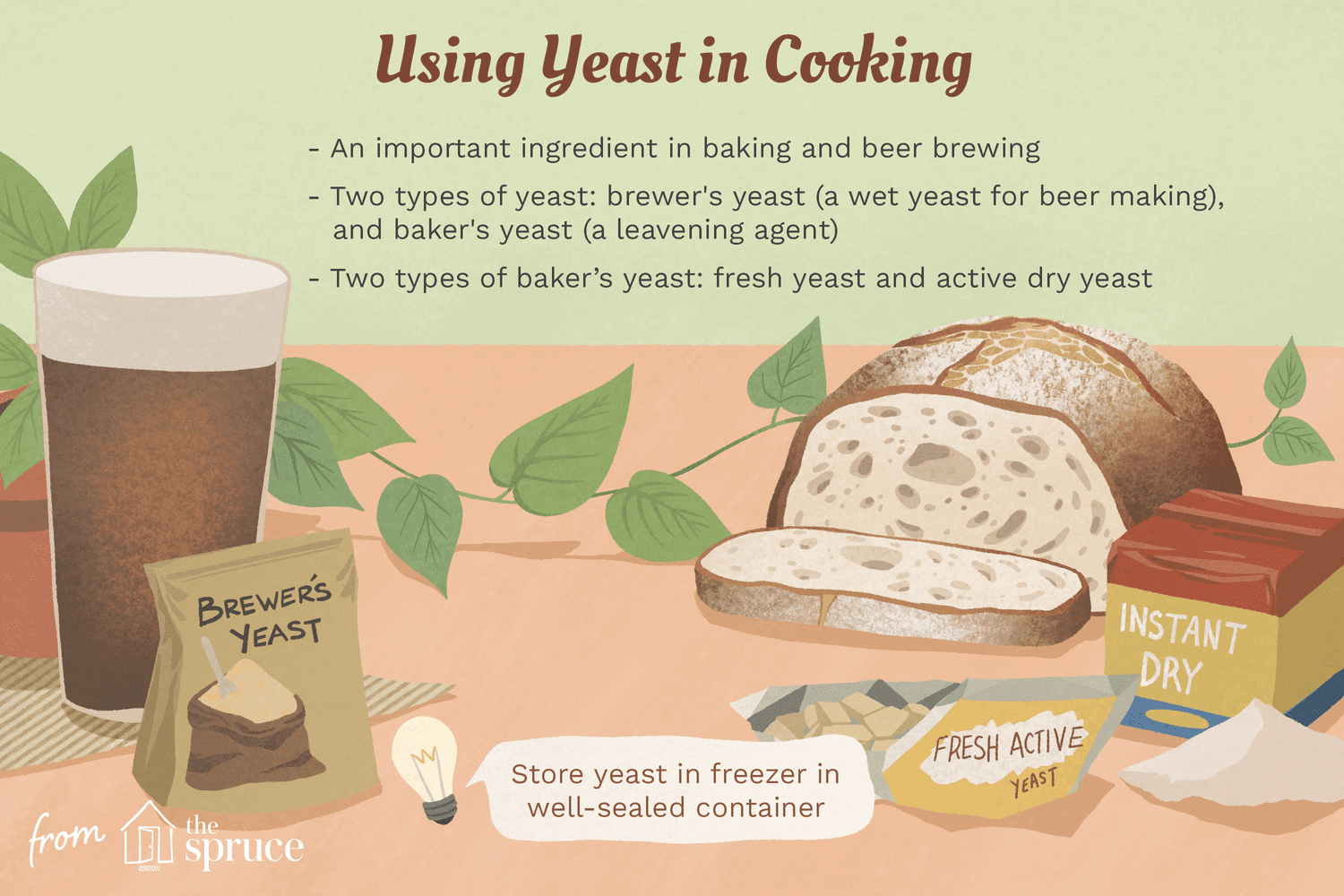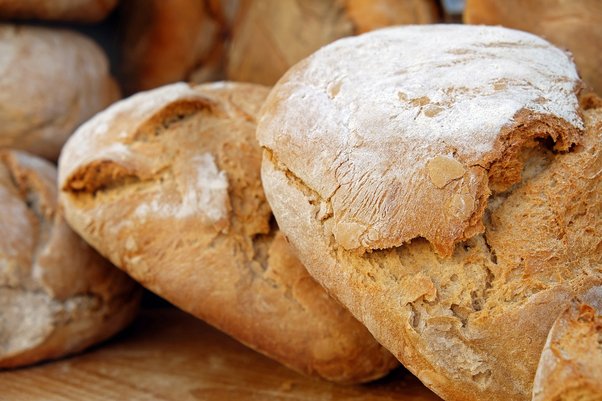What Happens If You Add Too Much Yeast in Bread?
Bread-making is a delicate balance of ingredients, and yeast plays a crucial role in the process. However, like any other ingredient, using too much yeast can have unintended consequences. In this article, we will explore the effects of adding excessive yeast to bread dough and discuss the potential outcomes that can arise. Understanding the impact of excessive yeast will help bakers create delicious and perfectly textured bread.
1. The Role of Yeast in Bread-Making:

The Role of Yeast in Bread-Making
Before delving into the consequences of excess yeast, it's important to understand the role yeast plays in the bread-making process. Yeast is a living organism that ferments carbohydrates in the dough, producing carbon dioxide gas. This gas gets trapped in the dough, causing it to rise and creating the airy texture we associate with bread.
2. Effects of Excessive Yeast in Bread Dough:

Effects of Excessive Yeast in Bread Dough:
When too much yeast is added to bread dough, several negative effects can occur. These include:
2.1. Over-Fermentation: Excessive yeast can lead to over-fermentation, where the dough rises too quickly and excessively. This rapid rise can cause the dough to become unstable and collapse, resulting in a dense and flat loaf of bread.
2.2. Yeasty Flavor: An excessive amount of yeast can impart a strong and unpleasant yeasty flavor to the bread. This can overpower the desired flavors and aromas, compromising the overall taste of the finished product.
2.3. Irregular Texture: Too much yeast can create an irregular texture in the bread. The dough may develop large air pockets or uneven crumb structure, making the bread less visually appealing and less enjoyable to eat.
2.4. Reduced Shelf Life: Bread made with excessive yeast tends to have a shorter shelf life. The accelerated fermentation process can cause the bread to stale more quickly, reducing its freshness and quality.
3. Tips to Avoid Adding Too Much Yeast:
To prevent the negative effects of excessive yeast, consider the following tips:
3.1. Follow Recipe Guidelines: Always follow the recommended yeast measurements provided in bread recipes. Pay attention to the specified yeast quantities to maintain the correct balance.
3.2. Adjust Rising Time: If you prefer a faster rising time, opt for a recipe that calls for more yeast rather than adding extra yeast to a standard recipe. This ensures the dough has the appropriate fermentation period.
3.3. Experiment Gradually: If you want to increase the yeast amount in a recipe, do it gradually to observe the effects. Small adjustments will allow you to gauge the impact on the final product without risking excessive fermentation.
While yeast is a crucial component of bread-making, adding too much yeast can result in various negative outcomes. Over-fermentation, yeasty flavor, irregular texture, and reduced shelf life are among the potential issues that arise from excessive yeast usage. By understanding these consequences and following proper guidelines, bakers can ensure their bread turns out delicious, well-textured, and perfectly balanced in flavor. Remember, moderation is key when working with yeast in bread recipes.